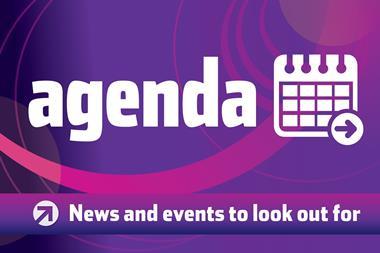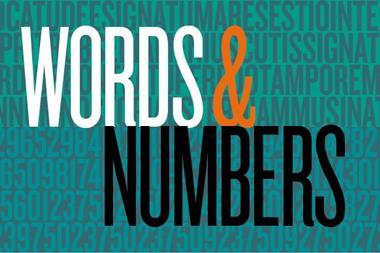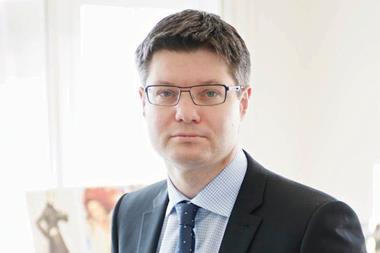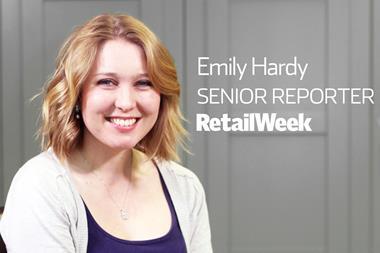Next boss Lord Wolfson’s usual prudent outlook was tempered today by a rare positive note in his review of the fashion retailer’s half year.
“The first half of the year has been difficult and sales and profits are in line with our cautious expectations,” Wolfson said in a statement this morning.
“However, our performance in the last three months has been encouraging on a number of fronts and whilst the retail environment remains tough, our prospects going forward appear somewhat less challenging than they did six months ago.
“As a result, we are taking the opportunity to modestly upgrade our sales and profit guidance for the full year.”
That cautious optimism was enough for Next’s share price to spike 10% and for early morning headlines to ring the good news, but Wolfson was slightly more downbeat by his 11am media briefing.
“You know, it’s funny,” he told journalists. “Everyone is talking about how well [Next has done]. The reality is that we’ve nudged our profit guidance up. We are not in [positive] momentum territory.
“I think potentially we have reached the bottom of a number of adverse trends. I don’t think we can say things are getting any better, but they don’t appear to be getting any worse.”
So he’s not exactly popping open the Champagne just yet, then.
Improvements
Despite that refusal to celebrate, Next has made some significant improvements to its business since the turn of the year.
Although Wolfson firmly refused to “talk fashion”, he did concede that the high street bellwether is “much more happy with the range” than it was in previous quarters.
The real test will be how customers react to its autumn/winter lines − which usually carry a higher margin − in the run-up to Christmas.
Next has been one of the only fashion retailers to publicly state that its prices would nudge up as a result of cost price inflation.
However, its rises of 4% at the shelf edge are in line with recent ONS data, which suggested price rises of 4.6% across the wider fashion sector.
While consumers are unable to track incremental cost increases in fashion because of products changing from year to year, there is always a slight negative affect on sales when prices rise.
Yet Next today emphasised that the impact of the devaluation of the pound would lessen over the next year.
“Next year price inflation looks set to work its way out of the system as the effects of the one-off Brexit devaluation of the pound begins to annualise,” the retailer said.
“Assuming no further movement in the value of sterling, in the first half of 2018 we expect price rises of no more than 2% and no price rises at all in the second half of 2018.”
Another area of improvement was Next’s directory performance. During its first quarter, directory sales fell 1.2%, but in the second they shot up 7.3%.
While Next’s own-label sales fell 1% during its second quarter, that compared to a much steeper 7.4% fall in the previous period − a gain driven by the improvement in product.
Meanwhile, Next’s third party sales via directory also increased, spiking 50.4% in its second quarter compared to 30.6% in the first.
Next attributed this to better stock availability, ranging and increased customer awareness.
Despite chalking up several significant improvements, Lord Wolfson has left no room for doubt that retail faces an uphill challenge − something to which Next is not immune.
But having made good progress in fixing some of its problems, Next is in better shape to tackle those market conditions.
Why does Next continue to open stores in a tough trading environment?
Next provided a detailed explanation of why it continues to open new stores today − something Lord Wolfson elaborated on during his media briefing.
“One of the things people grapple with is, ‘Why are you continuing to open stores in an environment of negative like-for-likes?’” Wolfson said.
He admitted the move appeared counterintuitive, but maintained that, even when modelled on Next’s worst possible scenario of -6% like-for-likes, stores were still profitable.
“When the lease ends in 10 years’ time, we will have got out £2.5m cash at the cost of putting in £1m in cash,” he said.
“It’s just a very simple financial calculation. If someone said to you, ‘I’ve got a bond and you can invest in a bond and I will give you 50% yield in year one, tailing off to a 4% in year 10, would you buy a bond?’ The answer is yes, of course.
“So why wouldn’t you invest in a new store?”


























1 Reader's comment